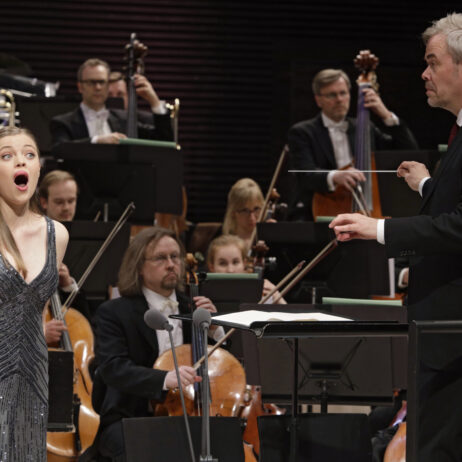Annual Review 2024: Gramex remunerations reach a record €29 Million

The largest sources of revenue came from background music (€12.178 million), radio and TV broadcasts (8.280 million), and internet/network use (€4.693 million). Background music remunerations saw the biggest year-over-year increase, rising from €10.15 million to approximately €12.18 million.
International collections also saw a modest increase over the previous year. Investments in Gramex’s technological infrastructure and data capabilities have accelerated both domestic and international distributions.
“Current global trends support the scaling of operations into ever-larger units. For smaller players, collaboration is the key to survival. That’s why we focus heavily on international development projects and working closely with other domestic copyright organizations,” says Managing Director Ilmo Laevuo in his annual overview.
Developing Technologies and Services
In 2024, Gramex was the first to adopt the new, precise DDEX statement format for producer remuneration reporting. The organization also continued developing integrations and workflows for the VRDB and RDx data hubs throughout the year.
“The AI boom is a prime example of the accelerating pace of global change. This challenges and pushes everyone forward — including collective management organizations. Technology, innovation, and a passionate, capable team are all critical success factors,” Laevuo notes.
Technology also played a central role in improving operational efficiency. Gramex’s administrative cost ratio stood at 15%. Including investment operations, the total cost ratio was 13%, which is 0.7 percentage points lower than the previous year.
First-Ever Carbon Footprint Assessment
In 2024, Gramex released its first sustainability program, providing a framework for advancing responsibility efforts and open communication, while also supporting the continuous improvement of the company’s sustainability practices.
As part of the program, Gramex calculated the carbon footprint of its operations for the first time. Total emissions amounted to 105.17 metric tons of CO₂. The most significant sources of emissions were business travel and the procurement of goods and services.
Based on these findings, Gramex will set concrete emission reduction targets and incorporate them into its sustainability program.
New Deductions Introduced
As of early 2024, a 5% deduction has been made from performers’ remunerations to fund music promotion. Through this new mechanism, a total of €182,171.33 was collected.
These funds are allocated back to musicians and artists via grants and support distributed by the Music Promotion Foundation (MES).
In addition, since June 2024, a 4% processing fee has been deducted from international remunerations paid to all clients — both performers and producers. This fee, used to fund technology development and other related costs, totaled just under €64,600.
Improved Customer Satisfaction
In early 2024, Gramex launched a revamped online service along with a refreshed brand in collaboration with Levyraati. According to comprehensive metrics, the communication and digital service overhaul was positively received. The Net Promoter Score (NPS) from a customer and stakeholder survey in autumn 2024 was 43 — a significant jump from 1.34 in the previous survey.
“Our operating model must evolve, and our areas of focus must adapt accordingly.. One clear example is the vastly increased role of communications — not just for rightsholder relations and customer service, but also for participating in broader societal conversations,” says Laevuo.
Advocating for Music
Gramex actively engaged in advocacy for the music industry throughout the year. Key focus areas in 2024 included the national cultural policy report, the future of private copying remunerations, proper recognition of copyright and neighboring rights in AI development and use, and efforts to prevent funding cuts to Music Finland’s export operations.
Advocacy work was carried out partly as part of Luovat ry – the association of creators and creative entrepreneurs – and partly through collaboration between musiikkiala organizations.




